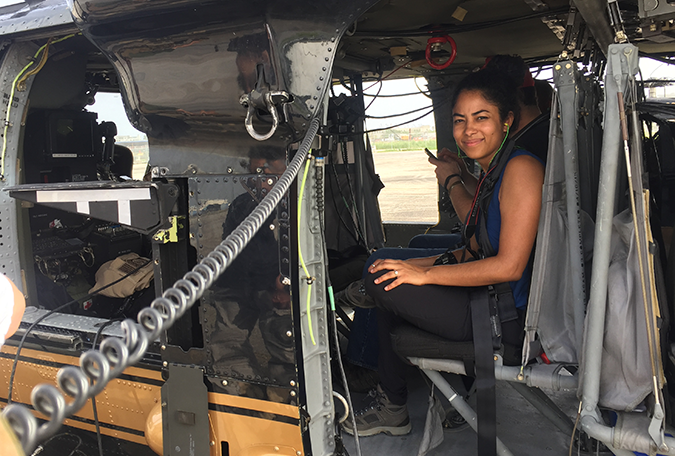Emergency Response
Three devastating hurricanes became public health emergencies last year, and more than two dozen division staff worked on the emergency response, in Atlanta and in the field. Staff offered assistance in laboratories, health communication, and epidemiology, tackling issues associated with unclean water, mold, and disease surveillance.
Page last reviewed: May 29, 2018




